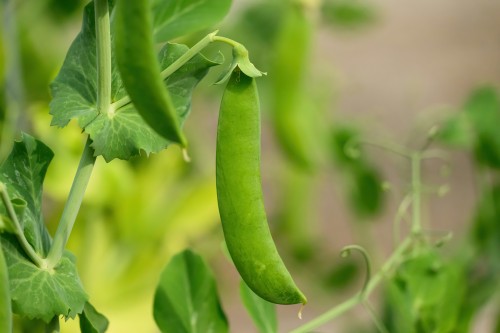Peas
A Complete Guide to growing peas in the UK
Introduction
Peas are a classic British garden crop—sweet, tender, and unbeatable when eaten straight from the pod. They’re relatively easy to grow, enrich the soil by fixing nitrogen, and can be enjoyed fresh, frozen, or dried. With varieties suited to early, main, and late sowings, peas can provide a steady harvest from spring into summer. You can grow them in open ground, raised beds, or even large containers, making them a versatile choice for UK gardeners.
Types and Timing
Peas come in several types, each with different uses and growing habits:
Early peas: Fast-growing, sown in spring for an early crop (e.g., ‘Kelvedon Wonder’).
Maincrop peas: Taller plants producing heavy yields mid-summer.
Sugar snap peas: Edible pods with sweet, crunchy texture.
Mangetout: Flat pods harvested before seeds swell.
Dwarf/short peas: Compact, good for pots or windy sites.
Timing:
Sow outdoors from March to June, depending on variety and region.
Hardy early peas can be sown in February under cloches.
For late crops, sow as late as July with fast-maturing varieties.
Site and Soil Requirements
Peas prefer cooler conditions and fertile soil:
Light: Full sun is ideal, though partial shade is tolerated.
Soil: Moist but well-drained, neutral to slightly alkaline. Avoid waterlogged ground.
Preparation: Enrich with compost or well-rotted manure in autumn/winter.
Containers: Dwarf peas and mange tout do well in deep pots (at least 20-25 cm).
Propagation & Planting
Direct sowing: Sow seeds in wide drills (15 cm apart), 3-5 cm deep, spacing seeds 5 cm apart. Cover lightly with soil.
Station sowing: Place 2-3 seeds together every 10-15 cm.
Modules or gutters: For a head start, sow indoors in deep trays or lengths of guttering; transplant carefully once seedlings are strong.
Succession: Sow every 2-3 weeks for a prolonged harvest.
Supports: Even dwarf peas benefit from twiggy sticks; taller peas need canes or netting.
Growing & Maintenance
Watering: Keep soil evenly moist, especially when plants are flowering and pods are swelling.
Mulching: Helps retain moisture and suppress weeds.
Feeding: Generally not needed; peas fix their own nitrogen. Too much fertiliser leads to lush growth but fewer pods.
Training: Guide tendrils onto supports. Taller varieties may need tying in during windy spells.
Weeding: Shallow hoeing or hand weeding to avoid root damage.
Harvest and Post-Harvest
Harvesting: Pick regularly once pods are swollen but before peas harden. Mange tout and sugar snaps are harvested while still flat or just plump.
Timing: Depending on variety, harvest is usually 11-14 weeks after sowing.
Frequency: Every couple of days to encourage further cropping.
Storage: Best eaten fresh—flavour diminishes quickly after picking. Freeze immediately for long-term use.
Drying: Maincrop peas can be left to dry on the plant for storage or seed saving.
Troubleshooting & Pests
Mice and birds: Seeds are vulnerable—protect with netting or fleece.
Pea moth: Caterpillars inside pods. Sow early or late to avoid peak moth activity (June-July).
Powdery mildew: White coating on leaves, common in dry weather. Water regularly and grow resistant varieties.
Poor germination: Often due to cold, wet soils. Warm the ground with cloches or start in modules.
Root rot: Avoid overwatering and ensure soil is free-draining.
Tips from Growers / FAQs
Easiest for beginners: Dwarf peas (‘Meteor’, ‘Kelvedon Wonder’) need less staking and crop quickly.
Soil benefits: After harvest, dig in pea plants (minus pods) as a green manure to improve soil fertility.
Companion planting: Try growing with carrots or lettuces; avoid alliums which can stunt growth.
Flavour tip: Harvest early in the morning for the sweetest peas.
Continuous cropping: Combine early, main, and sugar snap varieties for months of harvest.
Resources & References
RHS: Grow Your Own Peas
BBC Gardeners’ World: How to Grow Peas
© What to plant 2025. All rights reserved
